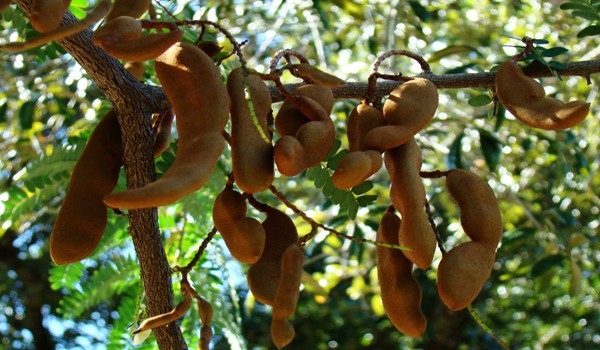General Information
It is common fruit tree found all over the India. Its origin lies in Tropical Africa. It is mainly used for culinary purpose. Its pulp powder and juice are exported to European countries. Sour taste of Tamarind is due to Tartaric acid. It is rich in Phosphorus, calcium and iron. Along with fruits, its tender leaves and flowers are also edible.
Tamil Nadu, Maharashtra, Karnataka, Andhra Pradesh, Madhya Pradesh and Orissa are major tamarind growing countries of India.
















